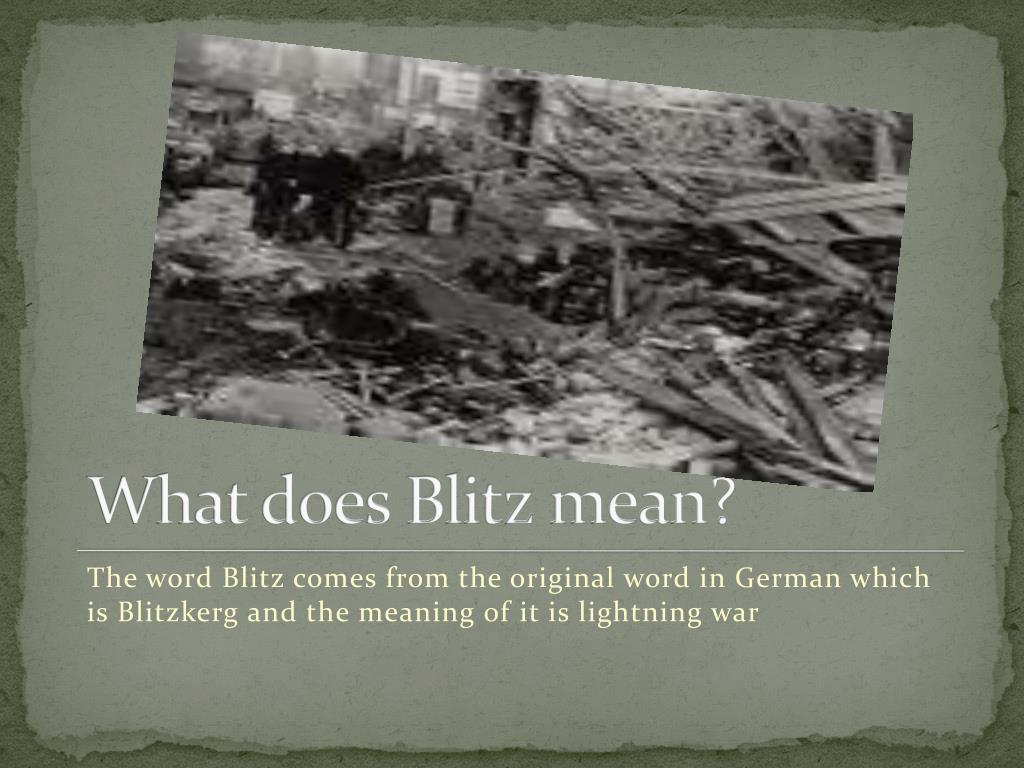

The conflict is more physical than mental. It has an opposite, the firepower-attrition style.įirepower-attrition is warfare on the model of Verdun in World War I, a mutual casualty inflicting and absorbing contest where the goal is a favorable exchange rate. Maneuver warfare refers to an overall concept or “style” of warfare. After all, doesn’t all warfare involve fire and maneuver? Isn’t maneuver just another word for movement? How can there be such a thing as “ maneuver warfare“? It may be time to review just what this term means and why it’s important to the United States Marine Corps. Several recent articles in the GAZETTE have referred to “ maneuver warfare.” The term may have occasioned some confusion among Marines. The Kremlin had sold its invasion of eastern Poland – carried out on 17 September in line with the Nazi-Soviet Pact – as a “liberation”, but it was decidedly belligerent, with half a million combat troops and nearly 5,000 tanks confronting the lightly armed forces of the Polish border protection corps.Defining Maneuver Warfare for the Marine Corps While the Germans imported race war to western Poland, the Soviets brought class war to the east. It is the final engagement of the Polish campaign. More than 140,000 Polish troops march into captivity.Īfter the fall of Warsaw, the fortress complex at Modlin, north-west of the capital, also surrenders to the Germans.įollowing a four-day battle, the ‘Polesie Independent Operational Group’ surrenders to the Germans at Kock, south-east of Warsaw. Wishing to end the bloodshed, the Polish garrison in Warsaw agrees to surrender the city to the Germans. German artillery and air forces carry out an intense, day-long bombardment of Warsaw – ‘Black Monday’ – resulting in an estimated 10,000 dead.

Before they do so, they hold a joint military parade with Red Army forces. In the eastern city of Brest-Litovsk, German forces cede the district to Soviet rule, as agreed under a protocol to the Nazi-Soviet Pact. Despite the propaganda narrative of heralding liberation, the invasion brought class war, occupation and annexation.

After over a week of fighting, the attack stalls.Īt dawn, Stalin’s Red Army invades Poland from the east, engaging lightly armed border troops. In the largest engagement of the campaign, Polish forces launch a counterattack against the Germans along the Bzura river. In the air, the Luftwaffe targets towns and cities as well as airfields of the Polish Air Force.Īfter their ultimatum to Hitler goes unanswered, Britain and France declare war on Germany in line with the agreements that they have concluded with Poland. The Anglo-Polish Agreement of Mutual Assistance is signed, promising military aid in the event that either nation is the victim of aggression by a third party.Ī number of ‘false flag’ operations on the Polish frontier – blamed on Polish troops but actually carried out by the SS – give Hitler his excuse to invade.Īt dawn, German forces invade Poland from the north, west and south. The signing of the Nazi-Soviet Pact in Moscow gives the green light to Hitler and Stalin’s aggressive ambitions in eastern Europe. How Hitler and Stalin dismembered a nation


 0 kommentar(er)
0 kommentar(er)
